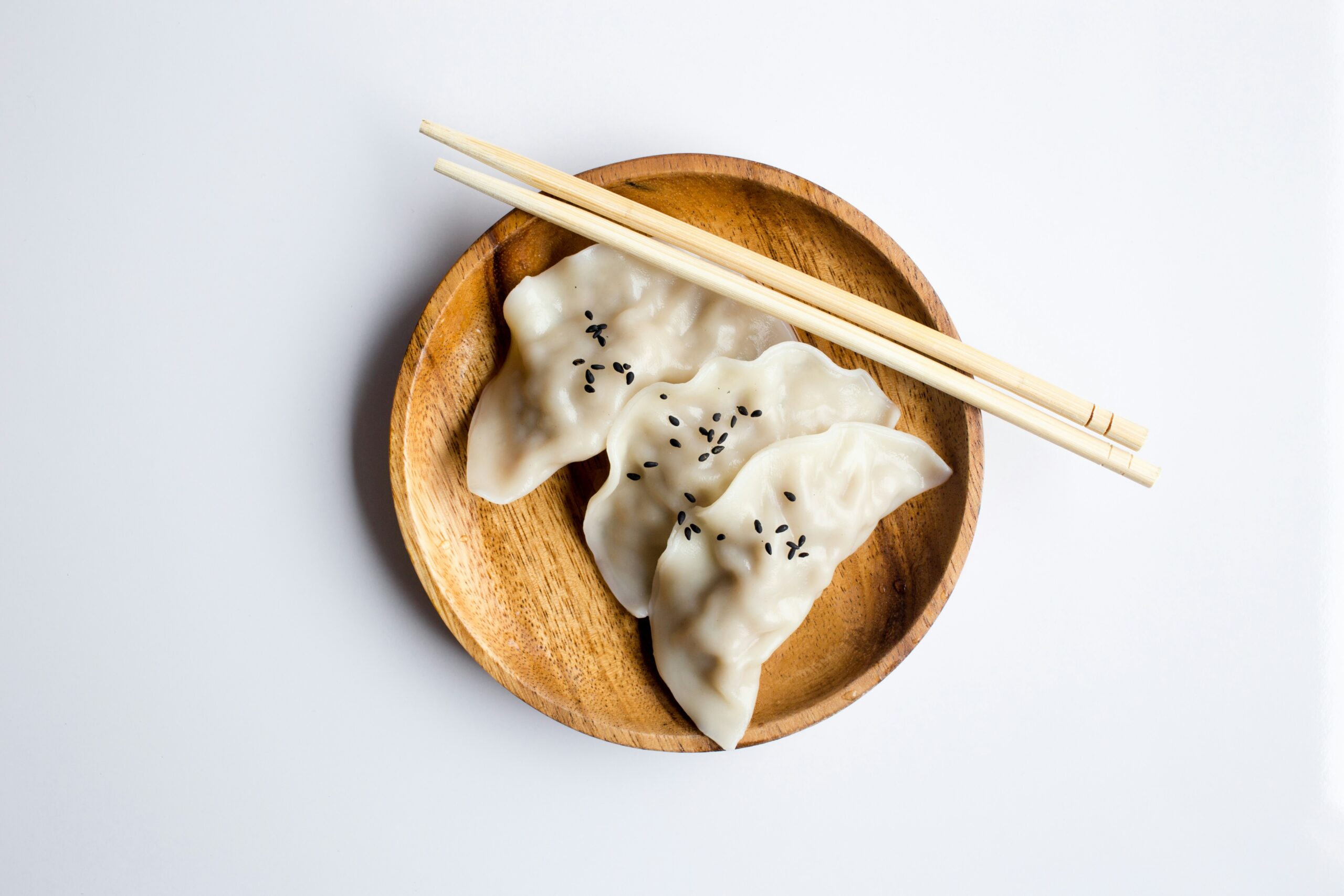Exploring the World Through Food Culinary Travel

Exploring the World Through Food: Culinary Travel
Traveling the world offers more than just sightseeing; it’s an opportunity to embark on a culinary adventure that engages all senses. Culinary travel, the pursuit of exploring diverse cuisines and food cultures around the globe, has become increasingly popular among food enthusiasts and travelers alike. It goes beyond mere dining experiences, encompassing food history, traditions, and local lifestyles.
Why Culinary Travel?
Culinary travel allows you to:
- Immerse in Local Culture: Food is a universal language that reflects cultural diversity. Through culinary travel, you can understand a region’s history, traditions, and social customs.
- Expand Palate: Discover new flavors, ingredients, and cooking techniques that may challenge and delight your taste buds.
- Connect with Locals: Sharing meals often leads to meaningful interactions with locals, offering insights into their lives and values.
- Experience Authenticity: Taste dishes prepared using traditional methods and recipes passed down through generations.
Popular Destinations for Culinary Travel
Every region boasts unique culinary treasures:
- Italy: Experience the art of pasta-making in Tuscany or savor authentic Neapolitan pizza in Naples.
- Thailand: Explore vibrant street food markets in Bangkok or attend a cooking class to master the balance of Thai flavors.
- Mexico: Dive into the diverse regional cuisines, from Oaxacan moles to Yucatecan cochinita pibil.
- Japan: Indulge in sushi in Tokyo’s Tsukiji market or learn the meticulous art of making ramen in Osaka.
Culinary Travel Tips
Make the most of your culinary journey with these tips:
- Research: Plan ahead to discover local specialties and iconic dishes of your destination.
- Local Markets: Visit markets to sample fresh produce, spices, and street food staples favored by locals.
- Cooking Classes: Take hands-on cooking classes to learn techniques and recipes directly from local chefs.
- Food Tours: Join guided food tours that offer insights into hidden culinary gems and neighborhood eateries.
- Food Festivals: Time your visit with food festivals celebrating seasonal ingredients and traditional cuisines.
Case Study: Exploring Thailand’s Street Food Culture
Thailand’s street food culture is renowned for its flavors and variety. Travelers often flock to bustling markets like Chatuchak Weekend Market in Bangkok or Chiang Mai’s Night Bazaar to taste authentic Thai dishes such as pad thai, som tam (papaya salad), and mango sticky rice. Local vendors prepare these dishes using fresh ingredients and time-honored recipes, offering a sensory experience that captivates both locals and visitors alike.
Conclusion
Culinary travel opens doors to new cultures, flavors, and friendships, making it a richly rewarding way to explore the world. Whether you’re sampling street food in Bangkok or dining at a Michelin-starred restaurant in Paris, each culinary experience adds a layer of understanding and appreciation for global diversity.
So, pack your appetite and embark on a journey where every meal tells a story!






